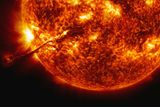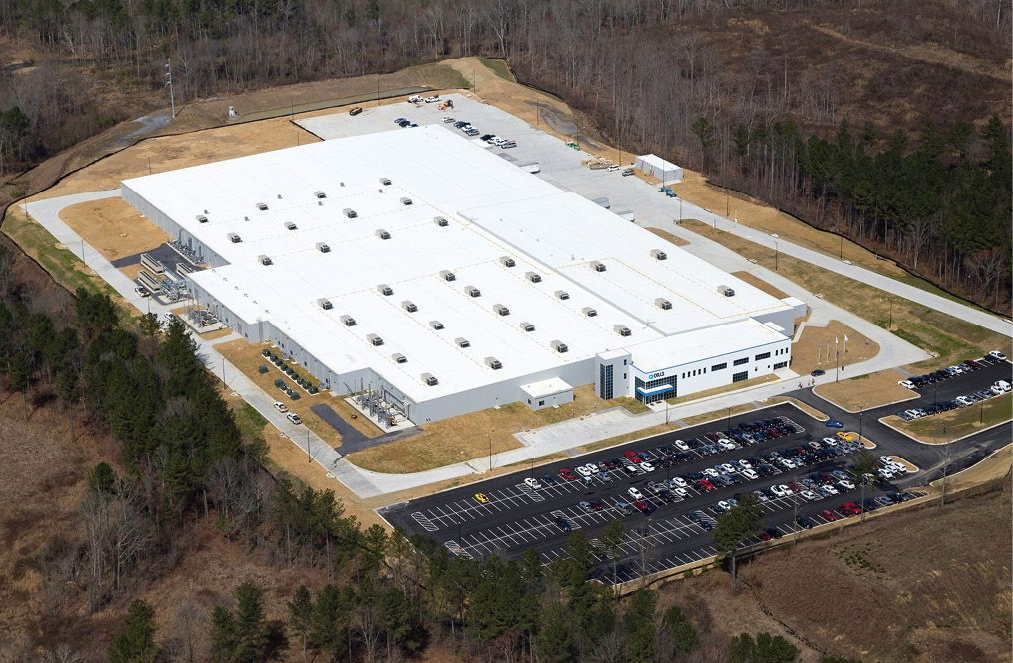What fuels the Sun’s mightiest solar flares? The Parker Solar Probe, NASA’s trailblazing mission that has been circling the Sun for six years, has come across an answer to this long-standing mystery.
For years, scientists have been developing theories on a process called magnetic reconnection, the catalyst behind solar flares, coronal mass ejections, and other storms that surge from the Sun.
A new study published in Nature Astronomy has finally proved these theoretical models to be true, all thanks to the Parker Solar Probe’s sampling of the Sun’s magnetic field. Its approach in September 2022 passed near a huge solar eruption, and the data collected from this opportune occasion has now given researchers a chance to make sense of the Sun’s outbursts.
The Spark for Solar Flares At the center of magnetic reconnection is plasma, an ionized gas and the “fourth state of matter” that is thought to make up 99 percent of known material in the universe. All stars — the Sun included — are basically balls of plasma, and so their explosive activity is largely driven by magnetic reconnection.
Magnetic reconnection occurs when magnetic field lines in plasma break up and reconnect to form new lines, converting stored magnetic energy into thermal and kinetic energy. As a result, charged particles accelerate and release a burst of energy as a solar flare or a coronal mass ejection.
In the past, studies on magnetic reconnection relied mostly on imaging of the solar corona. More recently, scientists have observed the process occurring on a smaller scale in Earth’s magnetosphere, and have even recreated it in labs.
“Reconnection operates at different spatial and temporal scales, in space plasmas ranging from the Sun to Earth’s magnetosphere to laboratory settings to cosmic scales,” said lead author Ritesh Patel, a scientist at the Southwest Research Institute, in a statement.
Read More: Solar Flares are Stunning but are They Dangerous? Here’s What to Know
A Close Encounter with the Sun It was not until the launch of the Parker Solar Probe (PSP) in 2018 that scientists could study magnetic reconnection and other pivotal solar properties up close. PSP is specially designed to fly though the Sun’s outer corona, where data on solar winds and strong magnetic fields can be collected.
PSP’s 13th close approach to the Sun (or “perihelion”) on September 6, 2022 revealed an eruption, giving it an opportunity to inspect the forces behind magnetic reconnection. This marked the first time that plasma and magnetic field properties of the Sun could be imaged and sampled in detail.
The research team involved with the new study used a combination of imaging and in-situ diagnostic techniques, along with additional observations from the European Space Agency’s Solar Orbiter, to confirm that PSP had flown through a region where solar reconnection was occurring.
Completing a Solar Puzzle Magnetic reconnection had previously been observed in the Earth’s magnetosphere through NASA’s Magnetosphere Multiscale Mission, launched in 2015. Yet, the PSP flyby in 2022 has finally allowed researchers to understand how magnetic reconnection on a solar scale compares, supporting years of theorizing.
“We’ve been developing the theory of magnetic reconnection for almost 70 years, so we had a basic idea of how different parameters would behave,” Patel said in the release.
With newfound knowledge of magnetic reconnection happening in the solar atmosphere, researchers plan on examining other regions of the Sun identified by PSP as undergoing active reconnection.
Further observations of the Sun will also help the researchers understand how energy is released and how particles are accelerated, which could lead to more reliable predictions of solar weather events that often impact the Earth’s atmosphere.
Read More: Sun Showing Increased, Most Intense Solar Flare Activity Yet in 2025
Article Sources Our writers at Discovermagazine.com use peer-reviewed studies and high-quality sources for our articles, and our editors review for scientific accuracy and editorial standards. Review the sources used below for this article:
Nature Astronomy. Direct in situ observations of eruption-associated magnetic reconnection in the solar corona Advancing Earth and Space Sciences. Magnetic Reconnection in the Space Sciences: Past, Present, and Future NASA. Parker Solar Probe
https://www.discovermagazine.com/a-solar-probe-s-journey-to-the-sun-has-revealed-how-solar-flares-work-47944





